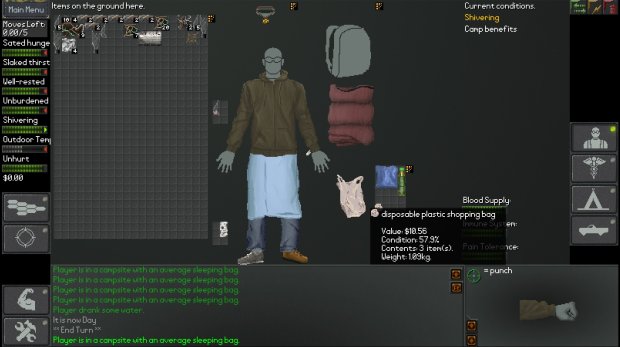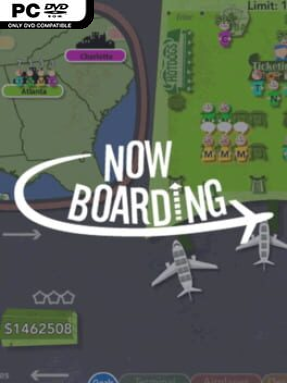

One entrant showed up on a homemade snowboard with a formica bottom that turned out to not slide so well on the snow. Tom Sims along with an assortment of other snowboarders of the time were present. In April 1981, the "King of the Mountain" Snowboard competition was held at Ski Cooper ski area in Colorado. From these developments, modern snowboarding equipment usually consists of a snowboard with specialized bindings and boots. Īs snowboarding became more popular in the 1970s and 1980s, pioneers such as Dimitrije Milovich (founder of Winterstick out of Salt Lake City, UT), Jake Burton Carpenter (founder of Burton Snowboards from Londonderry, Vermont), Tom Sims (founder of Sims Snowboards), David Kemper (founder of Kemper Snowboards) and Mike Olson (founder of Gnu Snowboards) came up with new designs for boards and mechanisms that slowly developed into the snowboards and other related equipment.

In 1980 the event moved to Pando Winter Sports Park near Grand Rapids, Michigan because of a lack of snow that year at the original venue. Ken Kampenga, John Asmussen and Jim Trim placed 1st, 2nd and 3rd respectively in the Standard competition with best two combined times of 24.71, 25.02 and 25.41 and Jake Carpenter won prize money as the sole entrant in the "open" division with a time of 26.35. That race was considered the first competition for snowboards and is the start of what has now become competitive snowboarding. A "modified" "Open" division was created and won by Jake as the sole entrant. Paul Graves, and others, advocated that Jake be allowed to race. There were protests about Jake entering with a non-snurfer board. In 1979, Jake Burton Carpenter, came from Vermont to compete with a snowboard of his own design.


The first competitions to offer prize money were the National Snurfing Championship, held at Muskegon State Park in Muskegon, Michigan. In the early 1980s, Aleksey Ostatnigrosh and Alexei Melnikov, two Snurfers from the Soviet Union, patented design changes to the Snurfer to allow jumping by attaching a bungee cord, a single footed binding to the Snurfer tail, and a two-foot binding design for improved control. Burton's early designs for boards with bindings became the dominant features in snowboarding. Very few people picked up snowboarding because the price of the board was considered too high at $38 and were not allowed on many ski hills, but eventually Burton would become the biggest snowboarding company in the business. The "snowboards" were made of wooden planks that were flexible and had water ski foot traps. That same year, he founded Burton Snowboards in Londonderry, Vermont. Īlso during this same period, in 1977, Jake Burton Carpenter, a Vermont native who had enjoyed snurfing since the age of 14, impressed the crowd at a Michigan snurfing competition with bindings he had designed to secure his feet to the board. The pioneers were not all from the United States in 1976, Welsh skateboard enthusiasts Jon Roberts and Pete Matthews developed their own snowboards to use at their local dry ski slope. He produced commercial snowboards in the mid-70s. As an eighth grader in Haddonfield, New Jersey, in the 1960s, Sims crafted a snowboard in his school shop class by gluing carpet to the top of a piece of wood and attaching aluminum sheeting to the bottom. One of those early pioneers was Tom Sims, a devotee of skateboarding (a sport born in the 1950s when kids attached roller skate wheels to small boards that they steered by shifting their weight). In February 1968, Poppen organized the first snurfing competition at a Michigan ski resort that attracted enthusiasts from all over the country. And, in 1966 alone, over half a million snurfers were sold. Dubbed the " snurfer" (combining snow and surfer) by his wife Nancy, the toy proved so popular among his daughters' friends that Poppen licensed the idea to a manufacturer, Brunswick Corporation, that sold about a million snurfers over the next decade. Modern snowboarding began in 1965 when Sherman Poppen, an engineer in Muskegon, Michigan, invented a toy for his daughters by fastening two skis together and attaching a rope to one end so he would have some control as they stood on the board and glided downhill. Freeride snowboarding, in areas off of the main trails


 0 kommentar(er)
0 kommentar(er)
